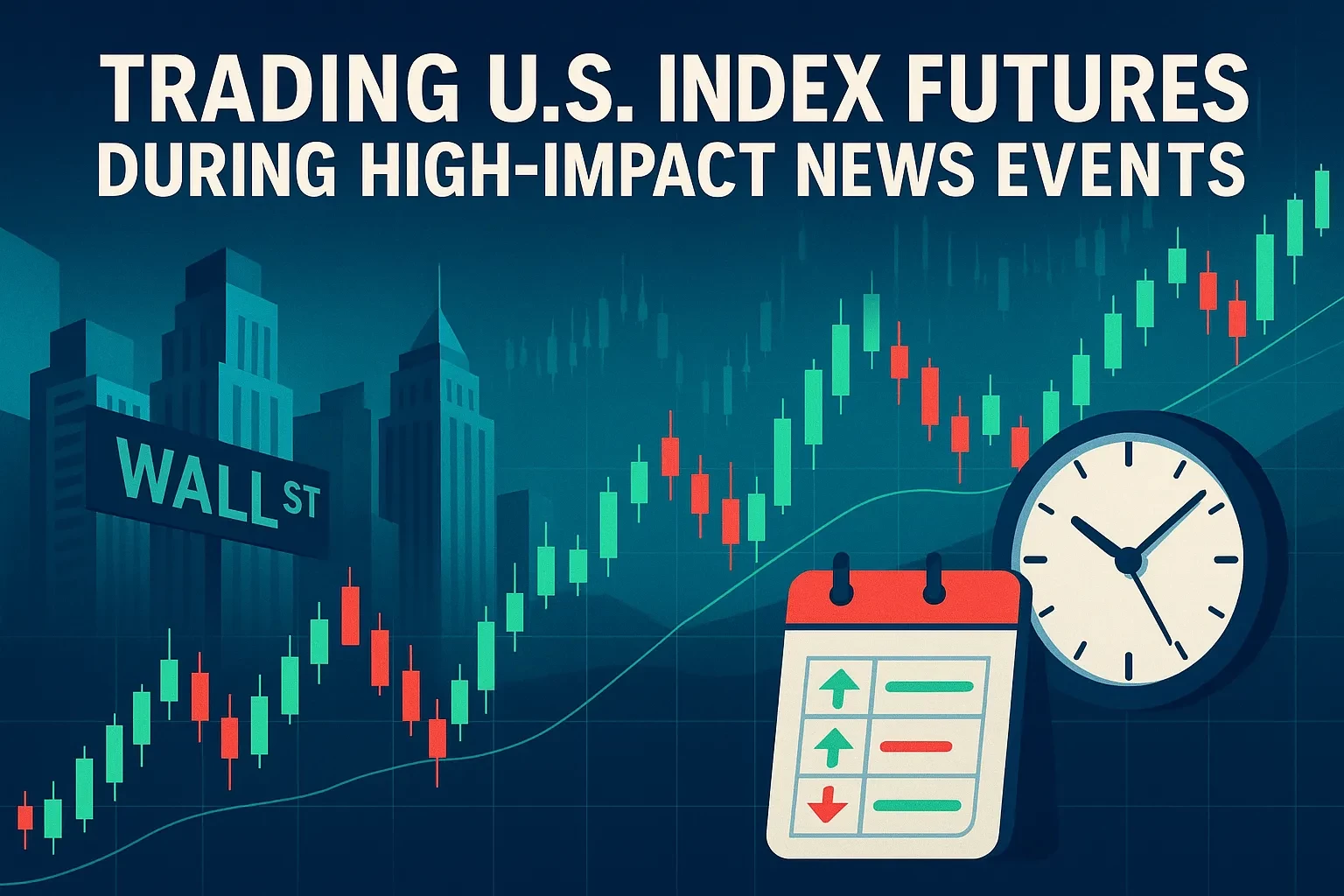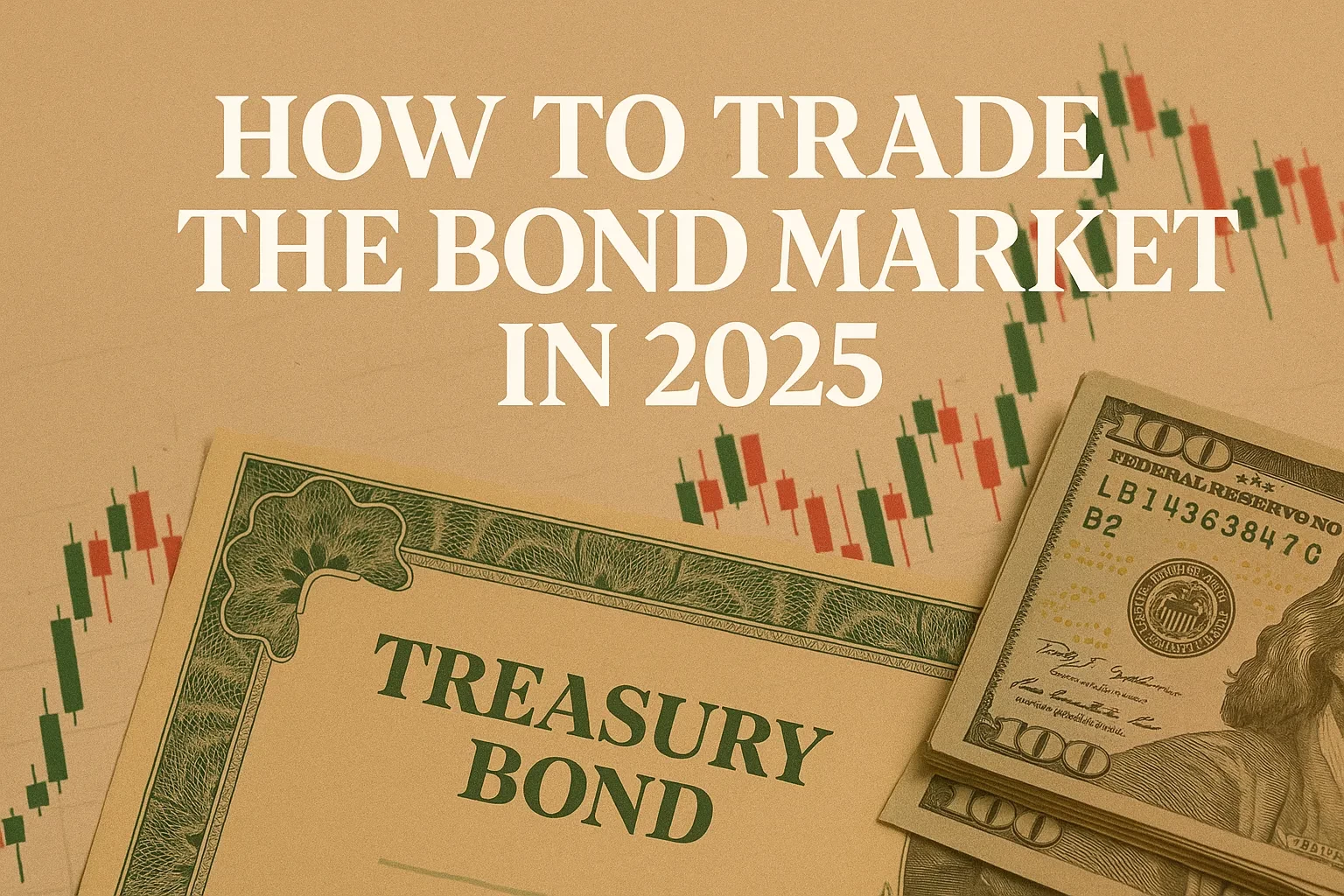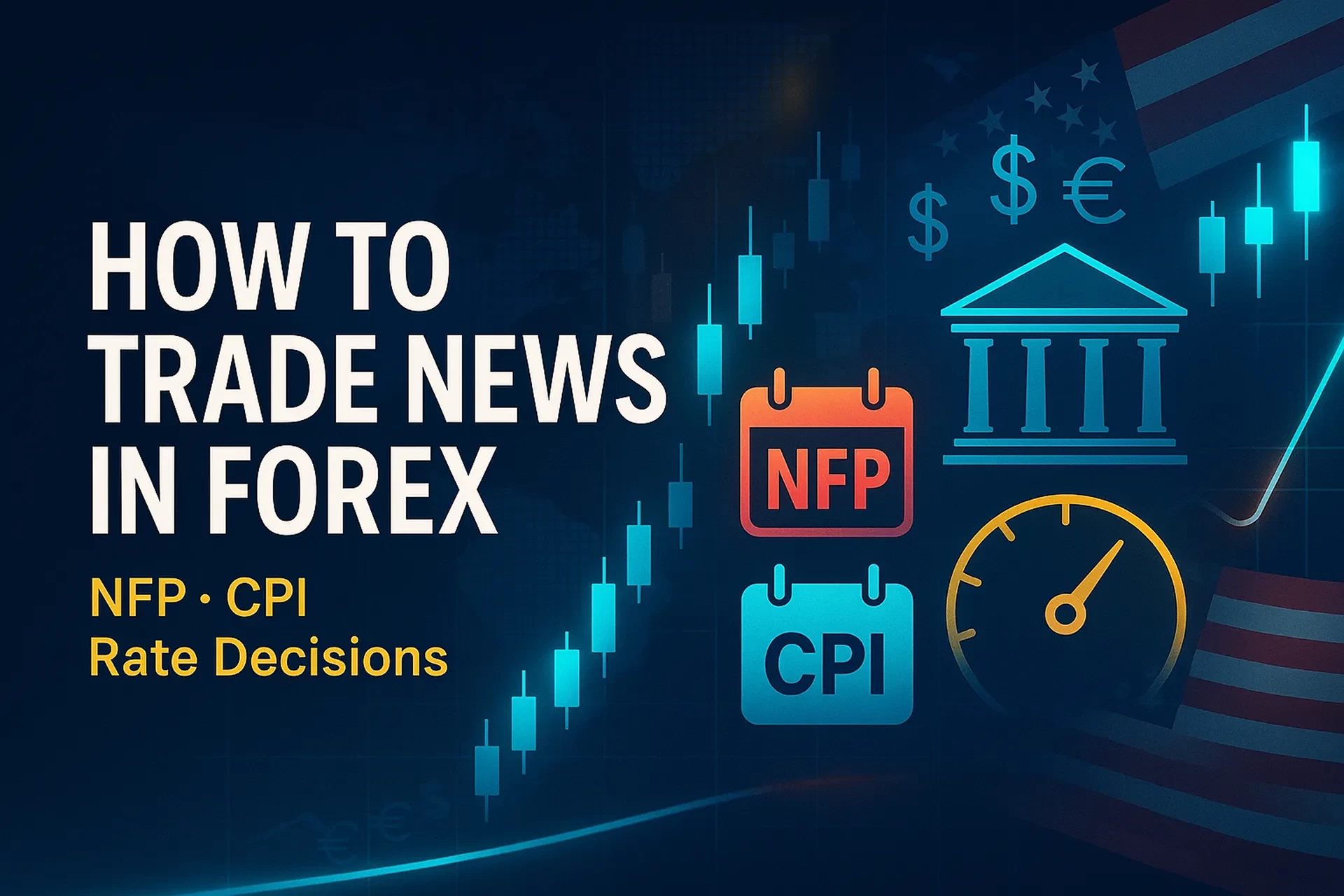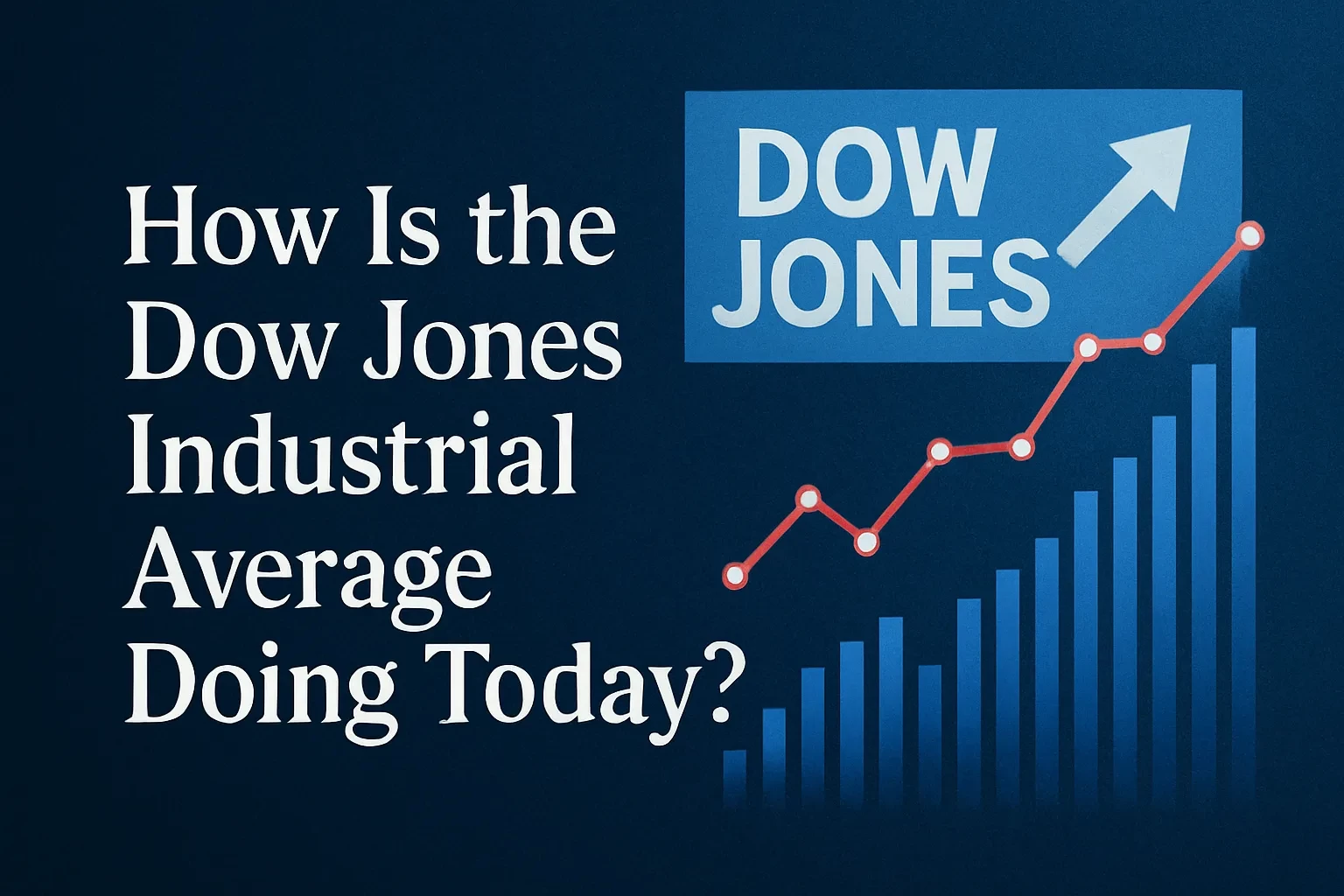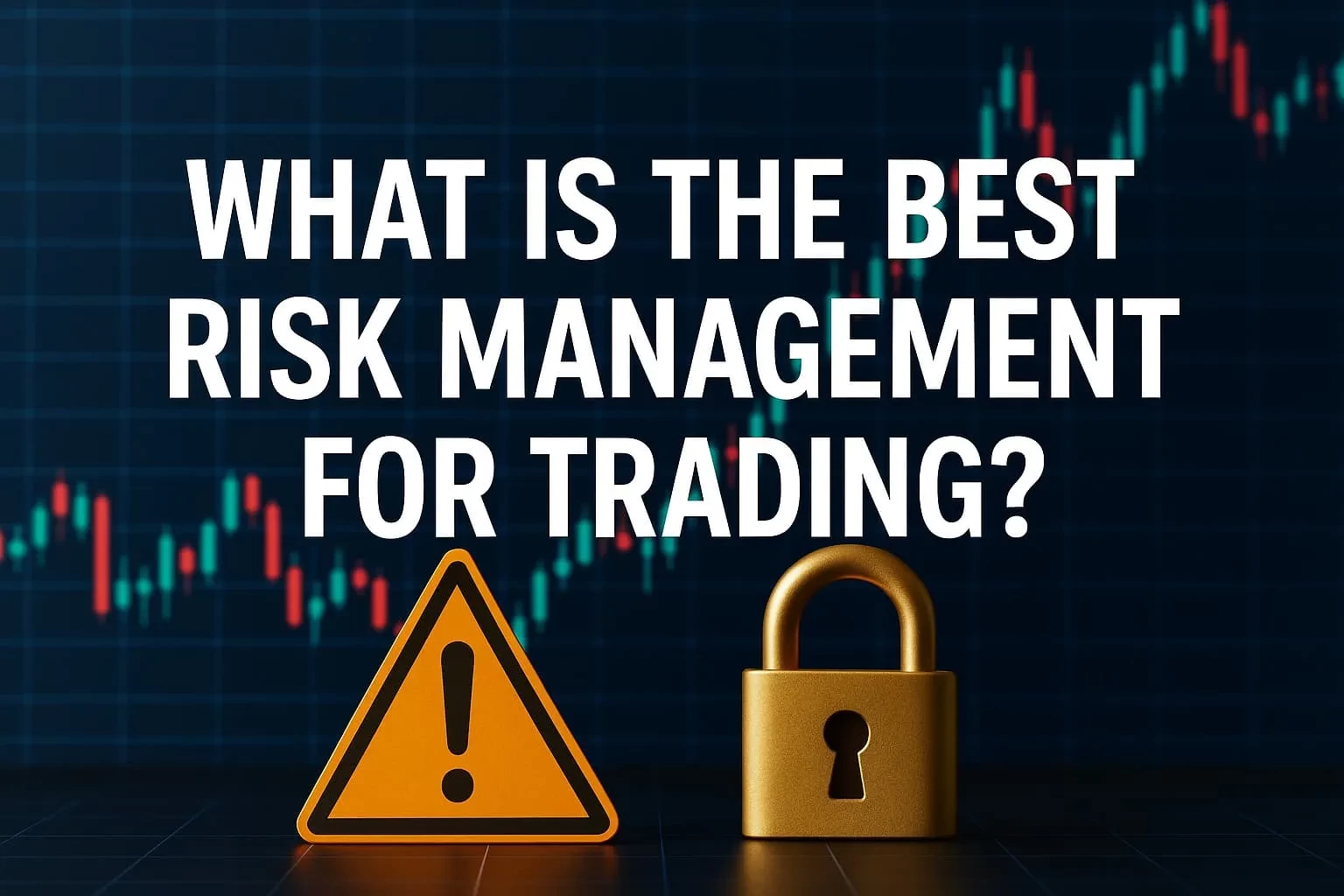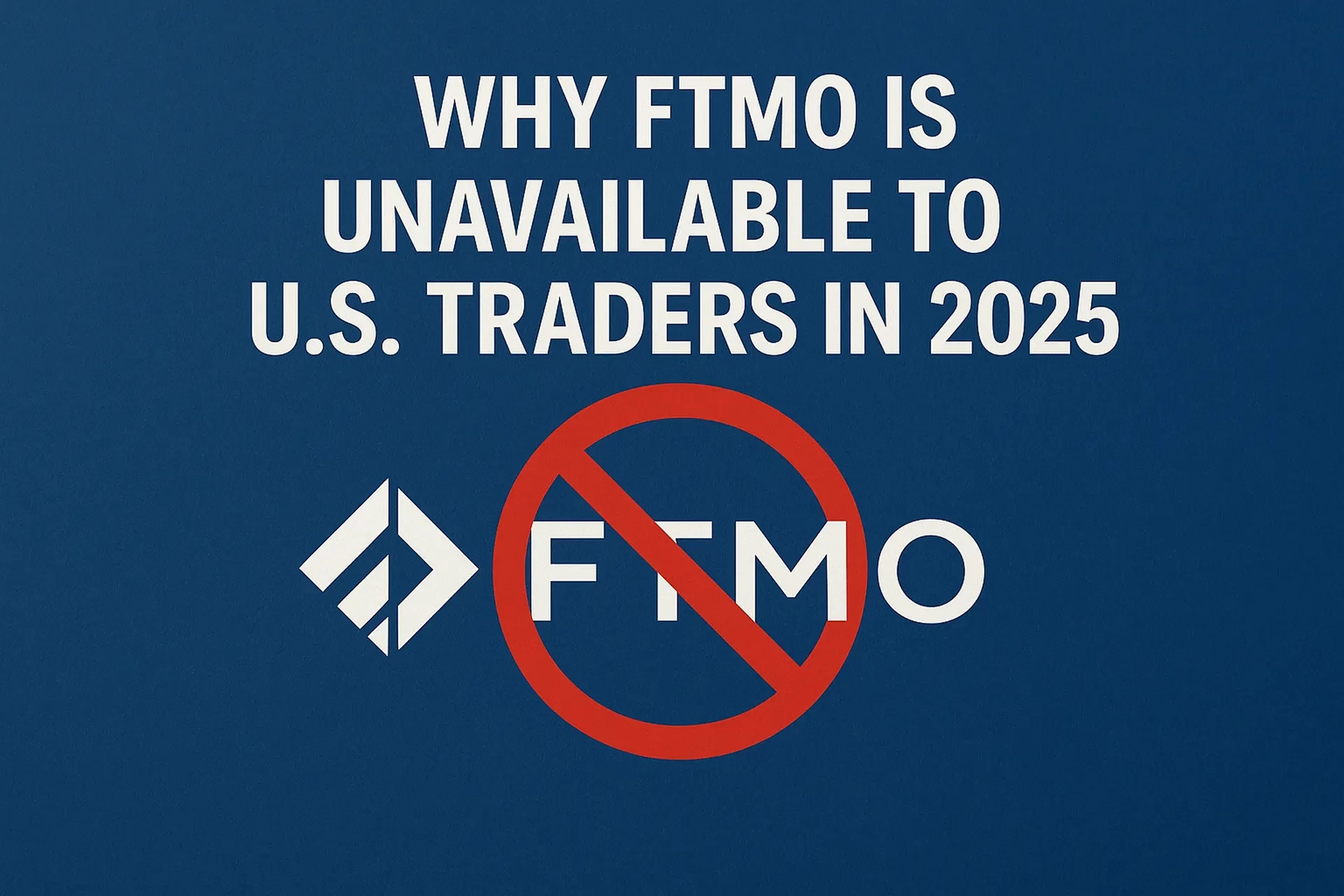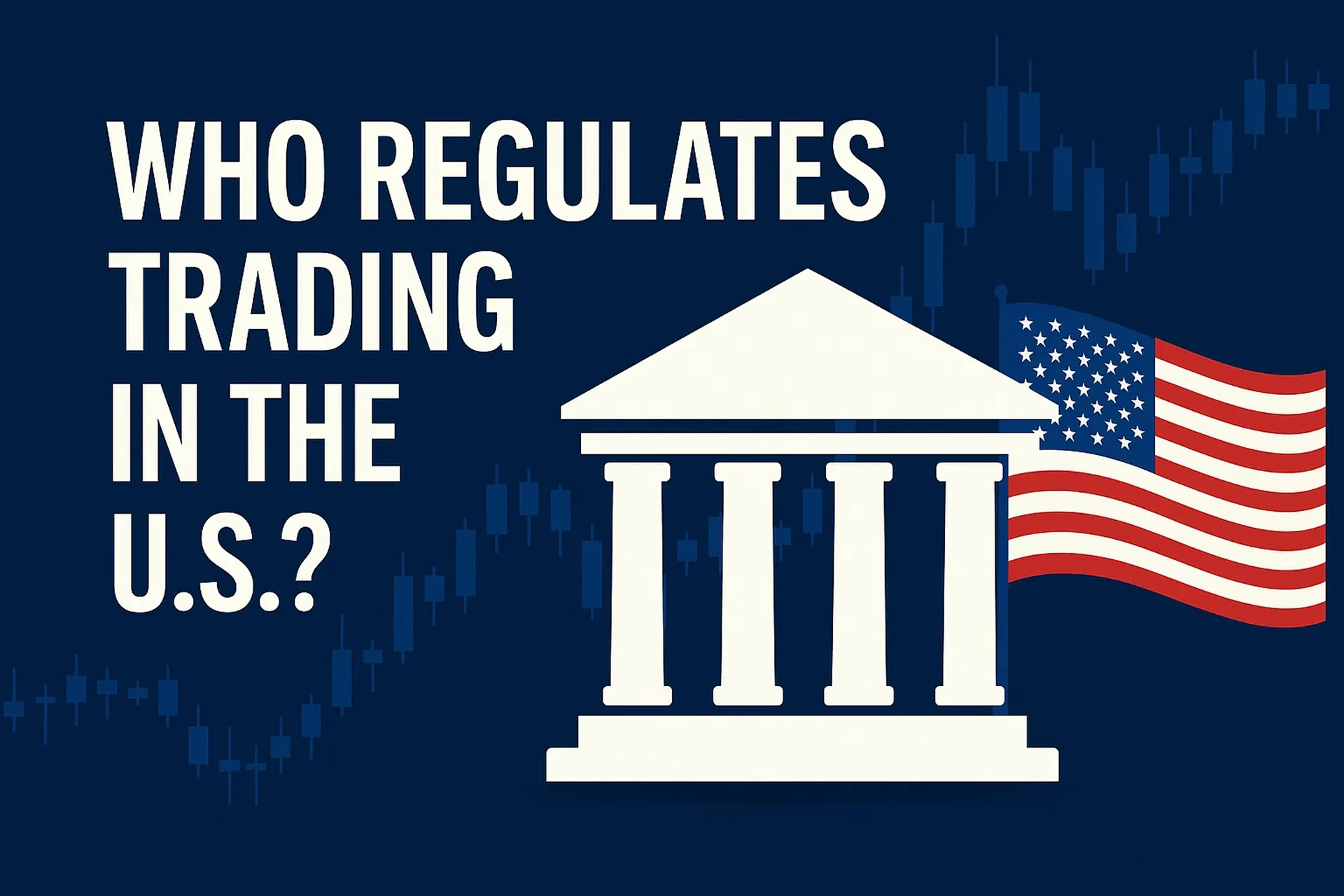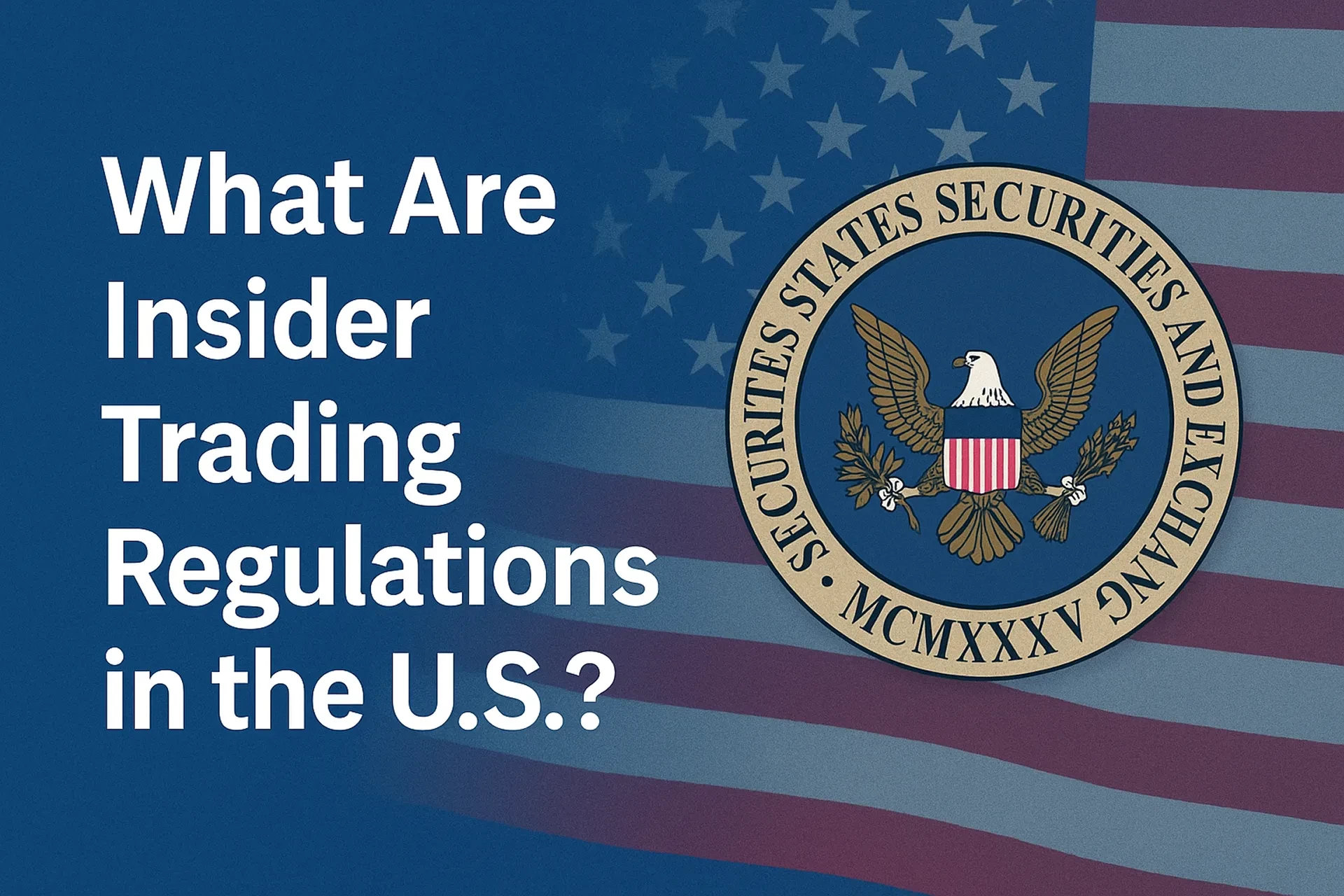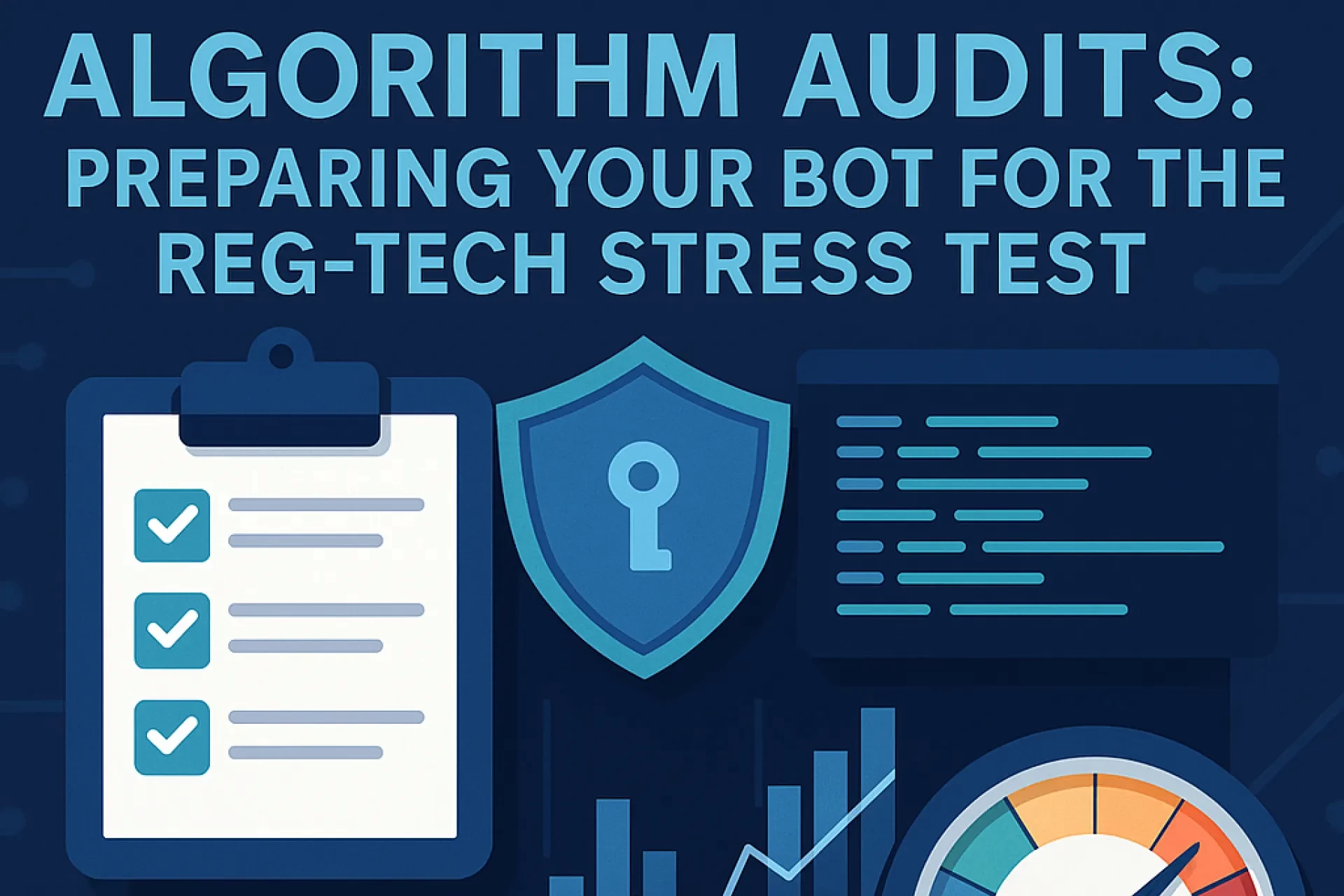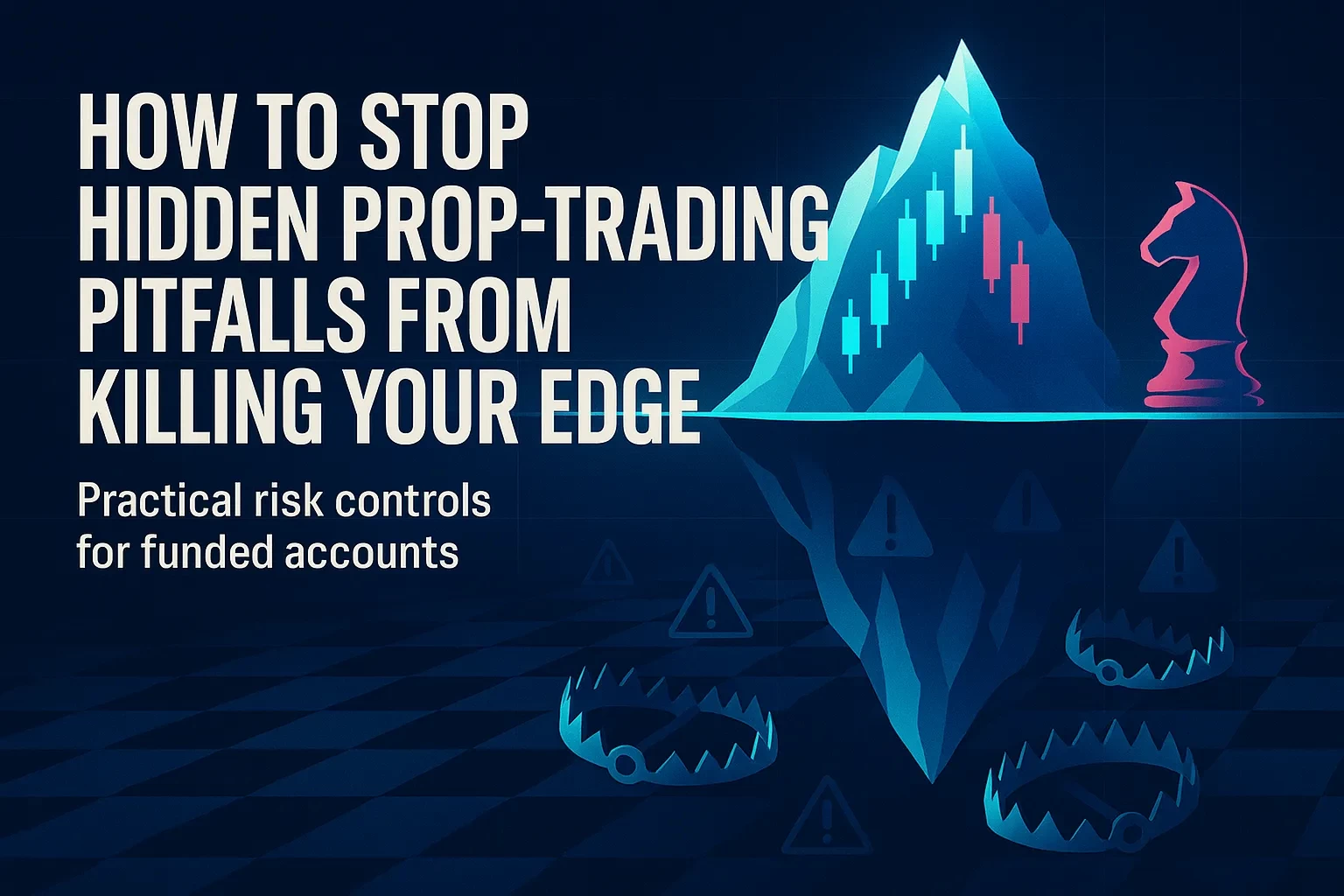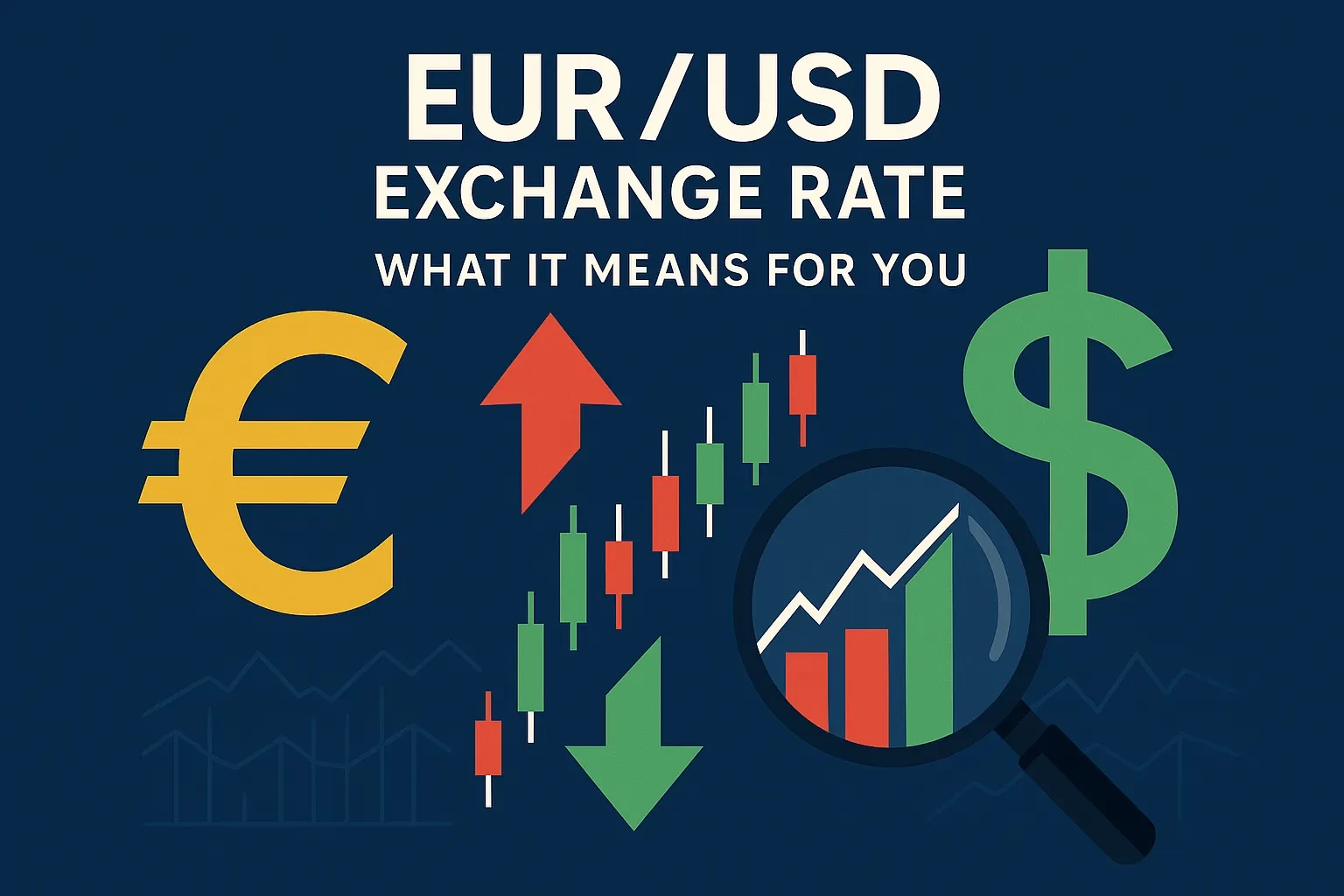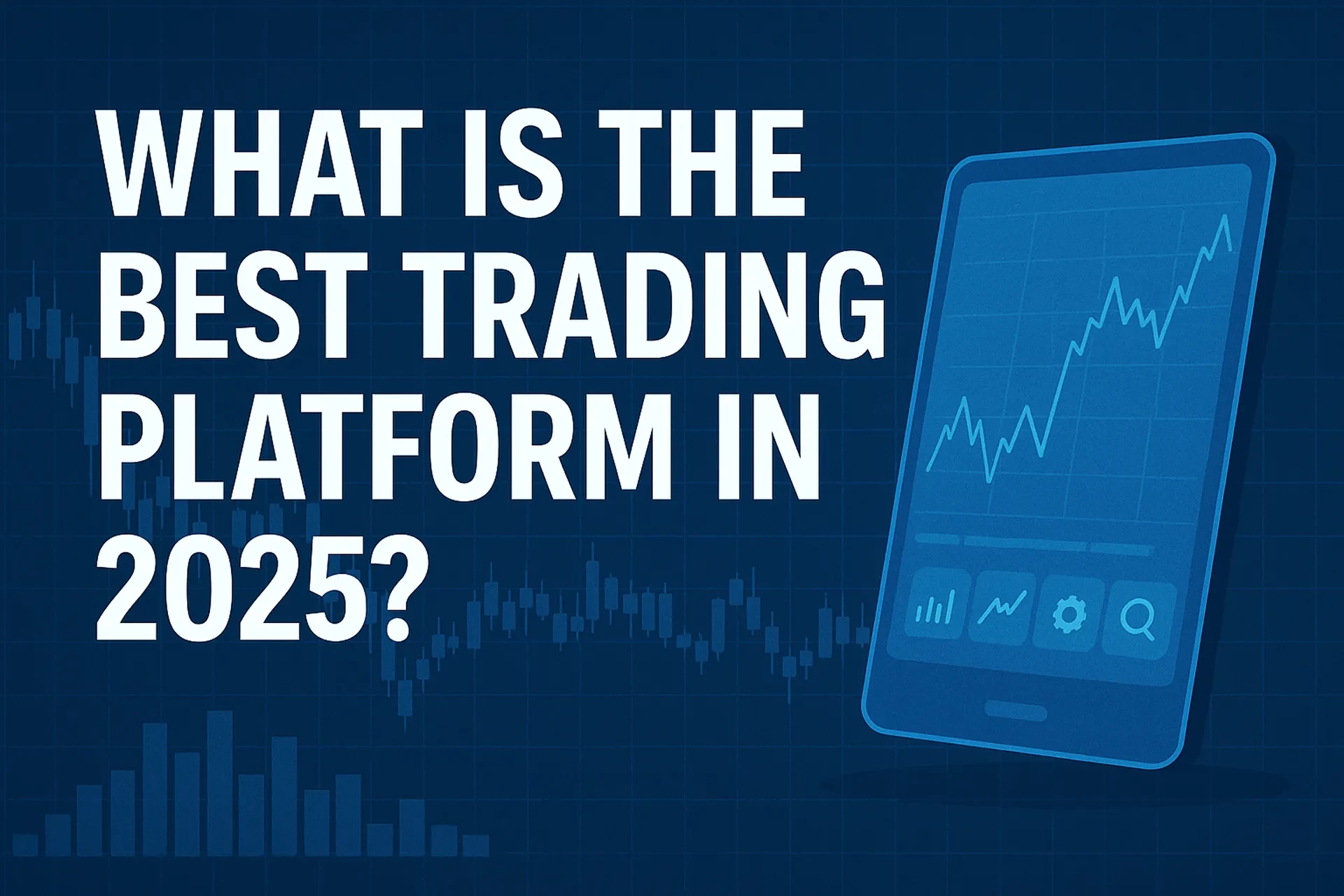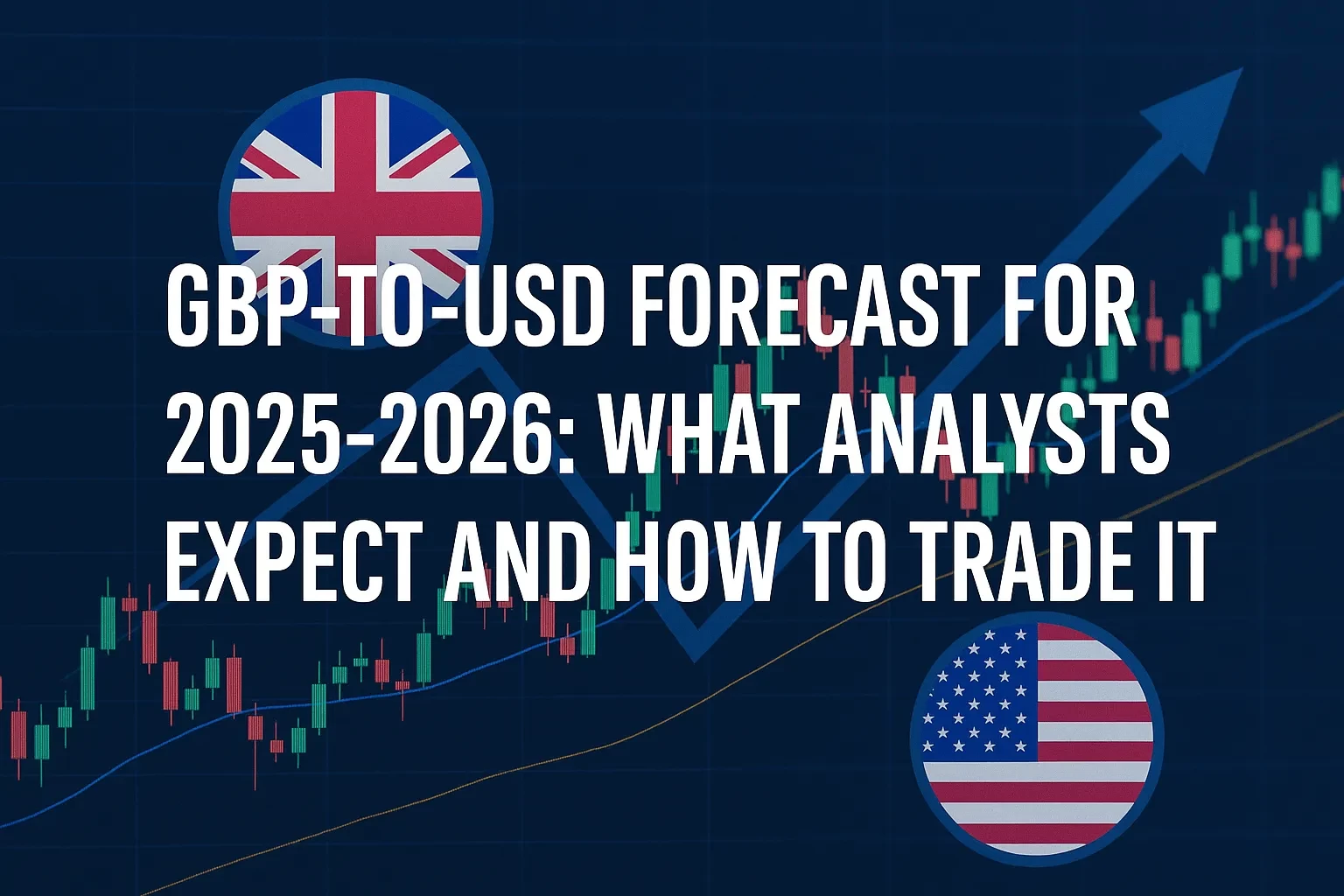Table of Contents
Ever wondered why two traders with the same account balance can experience wildly different percentage returns—and drawdowns—on the exact same price move? The answer is leverage, the multiplier that converts a small amount of equity into a much larger market exposure. In 2025, tighter CFTC caps on retail-forex leverage, FINRA’s refreshed margin interpretations, and volatile futures margin updates make it more important than ever to know how to measure, control, and adjust your personal leverage in real time. This guide walks you through the math step-by-step, using the latest U.S. rules so you can trade fast and stay compliant.
1 Definitions & Context
What Is Leverage?
Leverage in trading is the ratio between the notional value of the position you control and the actual equity you commit. If you buy $50 000 worth of stock with $10 000 of your own capital, your leverage is 5 : 1.
Margin vs. Buying Power
Margin is the collateral the broker requires to open or maintain a leveraged position.
Buying power is the maximum notional value you can control given current margin rules and your account equity.
Key 2024-2025 Regulatory Anchors
| Market | Governing Rule | Max Retail Leverage / Equity Req. | Source |
|---|---|---|---|
| U.S. Stocks (initial) | Reg T | 2 : 1 (50 % cash) | FINRA |
| Pattern Day Traders | FINRA 4210 | $25 000 equity | FINRA |
| Retail Forex Majors | CFTC RFED cap | 50 : 1 (2 % margin) | CFTC |
| Micro E-mini S&P | CME margin | ≈ $1 350 / contract | CME |
2 Step-by-Step Leverage Calculation
2.1 Universal Formula
Leverage Ratio = Position Notional Value ÷ Account Equity
2.2 Stock Example
• Buy 200 shares at $40 → $8 000 notional.
• Equity = $4 000.
Leverage = 2 : 1 (meets Reg T).
2.3 Forex Example
• Long 1 mini-lot EUR/USD at 1.0900 → $10 900 notional.
• Equity = $1 000.
Leverage ≈ 10.9 : 1 — well below the 50 : 1 cap.
2.4 Futures Example
• 1 MES at 6 300 → $31 500 notional.
• Equity = $5 000.
Leverage = 6.3 : 1
2.5 Options Delta-Adjusted Exposure
• 1 ATM SPY call (Δ ≈ 0.50) at $500 controls $25 000.
• Equity = $2 500 → Leverage = 10 : 1
3 Pros, Cons & Risk-Management Techniques
| Leverage | Advantages | Drawbacks | Risk Controls |
|---|---|---|---|
| ≤ 2 : 1 | Low stress; rare margin calls | Smaller % gains | Keep emergency cash; scale in |
| 3 – 5 : 1 | Good capital efficiency | Medium drawdowns | Hard stops; daily VaR check |
| > 6 : 1 | Amplified returns | Small move can wipe equity | ≤ 1 % risk/trade; circuit breaker |
4 Practical Case Study – The Adjustable Leverage Plan
Scenario: Jenna has $12 000 and trades MES futures intraday.
| Phase | Contracts | Margin Used | Equity | Leverage |
|---|---|---|---|---|
| Month 1 (sim) | 0 | $0 | $12 000 | 0 : 1 |
| Month 2 (live) | 1 MES | $1 350 | $12 000 | 2.6 : 1 |
| After +5 % P/L | 2 MES | $2 700 | $12 600 | 5.0 : 1 |
5 Common Mistakes & Expert Tips
• Confusing buying power with equity. Recalculate leverage after every trade.
• Ignoring maintenance margin. Brokers liquidate below maintenance triggers.
• Over-leveraging quiet markets. Volatility spikes raise margin overnight.
• Using max forex leverage on all pairs. Exotics cap at 20 : 1.
• Forgetting options exercise risk. Assigned stock can balloon leverage past Reg T limits.
FAQs
Leverage is neither good nor bad—it’s a tool. Calculate it with the simple notional-to-equity formula, verify against current CFTC, FINRA, and exchange rules, and size positions so a single losing trade never costs more than 1 % of your account. Master the math now, and you’ll trade with confidence—not guesswork—when the next margin advisory or rate hike hits.

